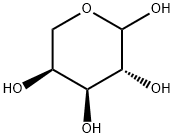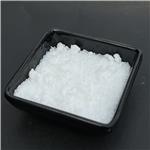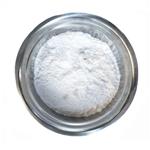
L-Arabinose
- Product NameL-Arabinose
- CAS87-72-9
- CBNumberCB7277012
- MFC5H10O5
- MW150.13
- EINECS201-767-6
- MDL NumberMFCD00006609
- MOL File87-72-9.mol
- MSDS FileSDS
Chemical Properties
| Melting point | 160-163 °C(lit.) |
| alpha | 103 º (c=5, H2O) |
| Boiling point | 191.65°C (rough estimate) |
| Density | 1.1897 (rough estimate) |
| refractive index | 1.3920 (estimate) |
| storage temp. | Inert atmosphere,Room Temperature |
| solubility | Methanol (Slightly), Water (Sparingly) |
| pka | 12.26±0.70(Predicted) |
| form | Fine Crystalline Powder |
| color | White |
| optical activity | +190.6 → +104.5 |
| Water Solubility | soluble |
| Merck | 14,761 |
| BRN | 1723085 |
| CAS DataBase Reference | 87-72-9(CAS DataBase Reference) |
| FDA UNII | B40ROO395Z |
| NIST Chemistry Reference | Arabinose(L)(87-72-9) |
| EPA Substance Registry System | L-Arabinopyranose (87-72-9) |
Safety
| Symbol(GHS) |

|
|||||||||
| Signal word | Warning | |||||||||
| Hazard statements | H302-H315-H319-H335 | |||||||||
| Precautionary statements | P261-P305+P351+P338 | |||||||||
| Hazard Codes | Xn | |||||||||
| Risk Statements | 20/21/22-36/37/38 | |||||||||
| Safety Statements | 24/25-36-26 | |||||||||
| WGK Germany | 3 | |||||||||
| F | 3-10 | |||||||||
| TSCA | Yes | |||||||||
| HS Code | 29400000 | |||||||||
| NFPA 704: |
|


